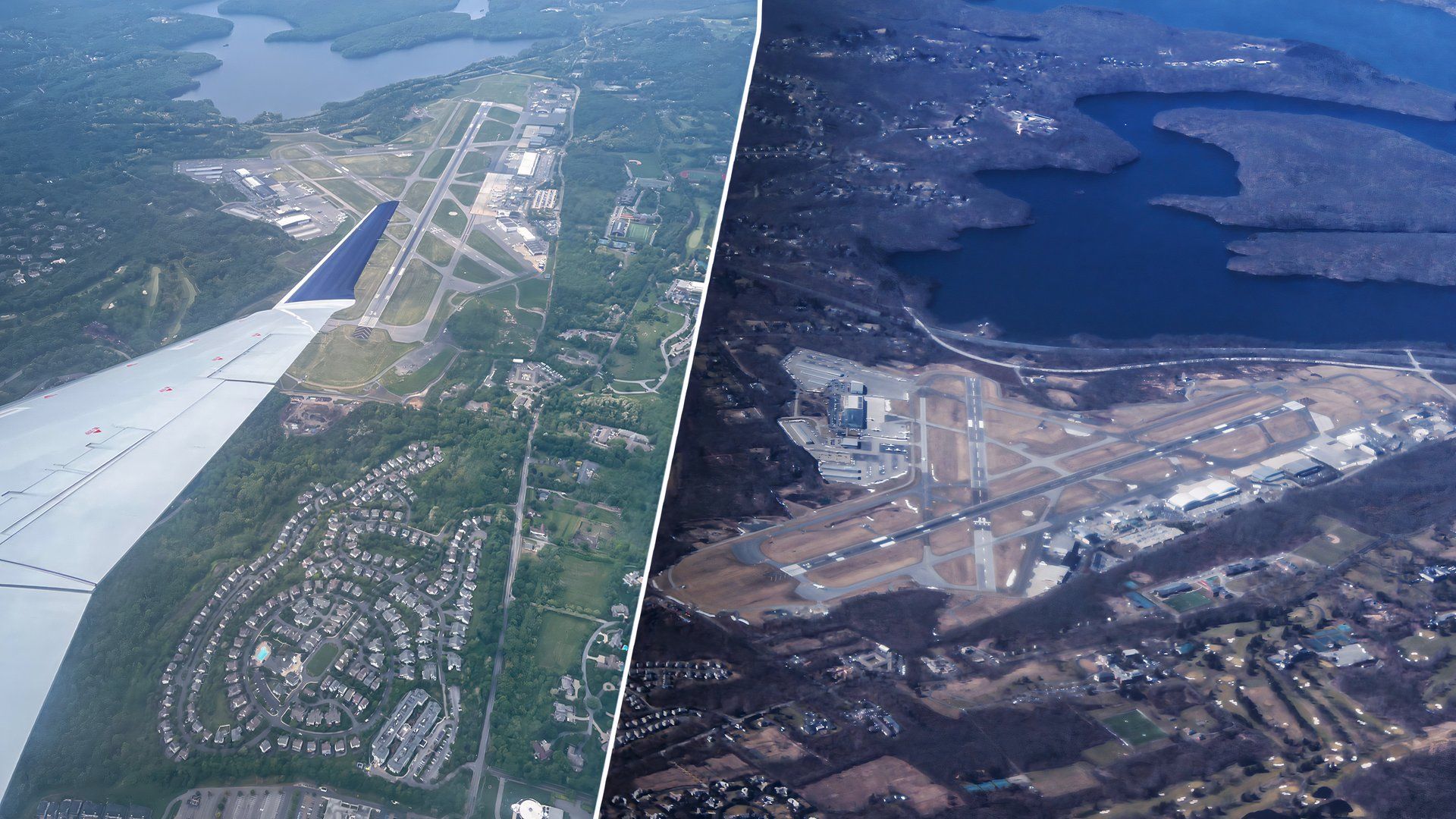Travelers that have the ability to fly privately are treated to the ultimate flexibility and efficiency when traveling. Private jets are able to depart their airport whenever the traveler or operator would like, and do not have to be confined to scheduled commercial flights that may be inconvenient. The traveler can also fly their intended route, as long as their private aircraft has the range capabilities. Otherwise, many travelers may be forced to connect their flight through popular commercial airports.

Related
What Is The Fastest Growing Airport For Private Aviation?
Some airports record over 200 daily private jet flights on average.
Additionally, private jet operators have the ability to land from a wide network of airports. Due to business jets typically being smaller than most commercial aircraft, the business jet can arrive and depart at airports that may have shorter or smaller runways. This opens up a number of airports that may be closer to the traveler’s actual intended destination.
Photo: BlueBarronPhoto | Shutterstock
Many of these smaller airports receive much more private aviation traffic than commercial traffic. Private Jet Card Comparisons recently released the busiest airports for private aviation in the United States. The busiest airport for private aviation, which saw nearly 75,000 private departures, was Teterboro Airport (TEB) just outside of New York City. The highly populated city would obviously drive a lot of private aviation traffic in nearby airports. However, another airport that cracked the top ten was also near New York City.
Westchester County Airport (HPN) is located in White Plains, New York. It saw nearly 33,000 private aviation departures in 2023. Although this was nearly a 10% decrease from 2022, it still managed to be the sixth-busiest airport for private aviation in the US, per Private Jet Card Comparisons. Let’s take a closer look at some of the unique features of this interesting airport.
Brief history
Westchester County Airport was originally founded in 1942, during World War II. The airport was built as a base for the Air National Guard, as it gave the Air National Guard easy access to defend New York City. The airport remained quiet immediately after the war ended. It was officially opened as an airport in February 1945. However, the United States Air National Guard maintained a presence at the airport until 1983.
Photo: Robert Buchel | Shutterstock
In 1949, the airport began offering commercial operations. American Airlines was the first commercial airline to begin servicing the airport, by offering a flight from LaGuardia International Airport (LGA) and connecting to Syracuse Hancock International Airport (SYR). However, Mohawk Airlines replaced this service in 1955. Mohawk Airlines, and its successor Allegheny Airlines, served Westchester County Airport until 1979.
Several other airlines have serviced the White Plains-based airport over the years. These airlines include:
- Northwest Airlines
- Republic Airlines
- Air Florida
- Carnival Air Lines
- AirTran Airways
- Altair Airlines
- Brockway Air
- Command Airways
- Empire Airlines
- Mall Airways
Throughout this time, the airport has maintained consistent private aviation operations through multiple flight schools and fixed base operators (FBO).

Related
Throwback: 5 Iconic Aircraft Types That Northwest Airlines Flew Over The Years
These are some of the most iconic aircraft operated by Northwest Airlines.
Specifications of the airport
The Westchester County Airport itself is owned by the County of Westchester. The airport is managed by AvPorts, which is an airport facility operator. Specifically, the airport is located five miles east of White Plains and about 30 miles north of downtown Manhattan.
Photo: Angel DiBilio | Shutterstock
Westchester County Airport currently covers just over 700 acres, and it is also located at an elevation of 439 feet above mean sea level. The airport utilizes two main runways that are both asphalt. These runways have the following specifications:
|
Runway |
Length |
Width |
|---|---|---|
|
16/34 |
1,996 meters (6,549 feet) |
46 meters (150 feet) |
|
11/29 |
1,357 meters (4,451 feet) |
46 meters (150 feet) |
The airport has a significant number of FBOs and training schools. The FBOs include Signature Flight Support East and West, Atlantic Aviation East and West, NetJets, and Million Air. The airport has a terminal specifically for private jet operators in addition to the main commercial terminal. Wings Air and Tradewind Aviation also operate out of HPN. The flight schools include the Academy of Aviation and Performance Flight.
Other notable features of the airport
The airport splits its operations between its commercial scheduled services as well as a considerable number of private aviation operations. Per the Operations Network (OPSET), which is provided by the Federal Aviation Network (FAA), the airport saw a total of 161,628 operations in 2023. This includes both departures and arrivals. Approximately 27,500 of these operations were air carrier operations. However, 52,000 were air taxi operations and 64,000 were general aviation operations.
Photo: Markus Mainka | Shutterstock
The commercial airline that has the largest market share of the airport is JetBlue, with over a 50% share. The commercial operations are as follows:
|
Airline |
Destinations offered |
|---|---|
|
American Airlines |
Charlotte, Chicago, Washington, Miami |
|
BermudAir |
Bermuda |
|
Breeze Airways |
Charleston, Myrtle Beach, Vero Beach, Jacksonville, Norfolk, Portland (Maine), Raleigh, Savannah |
|
Cape Air |
Lebanon (New Hampshire) |
|
Delta Air Lines |
Atlanta, Detroit |
|
JetBlue |
Fort Lauderdale, Fort Myers, Orlando, San Juan, Tampa, West Palm Beach, Charleston, Nantucket |
|
JSX |
Miami-Opa Locka, Boca Raton |





